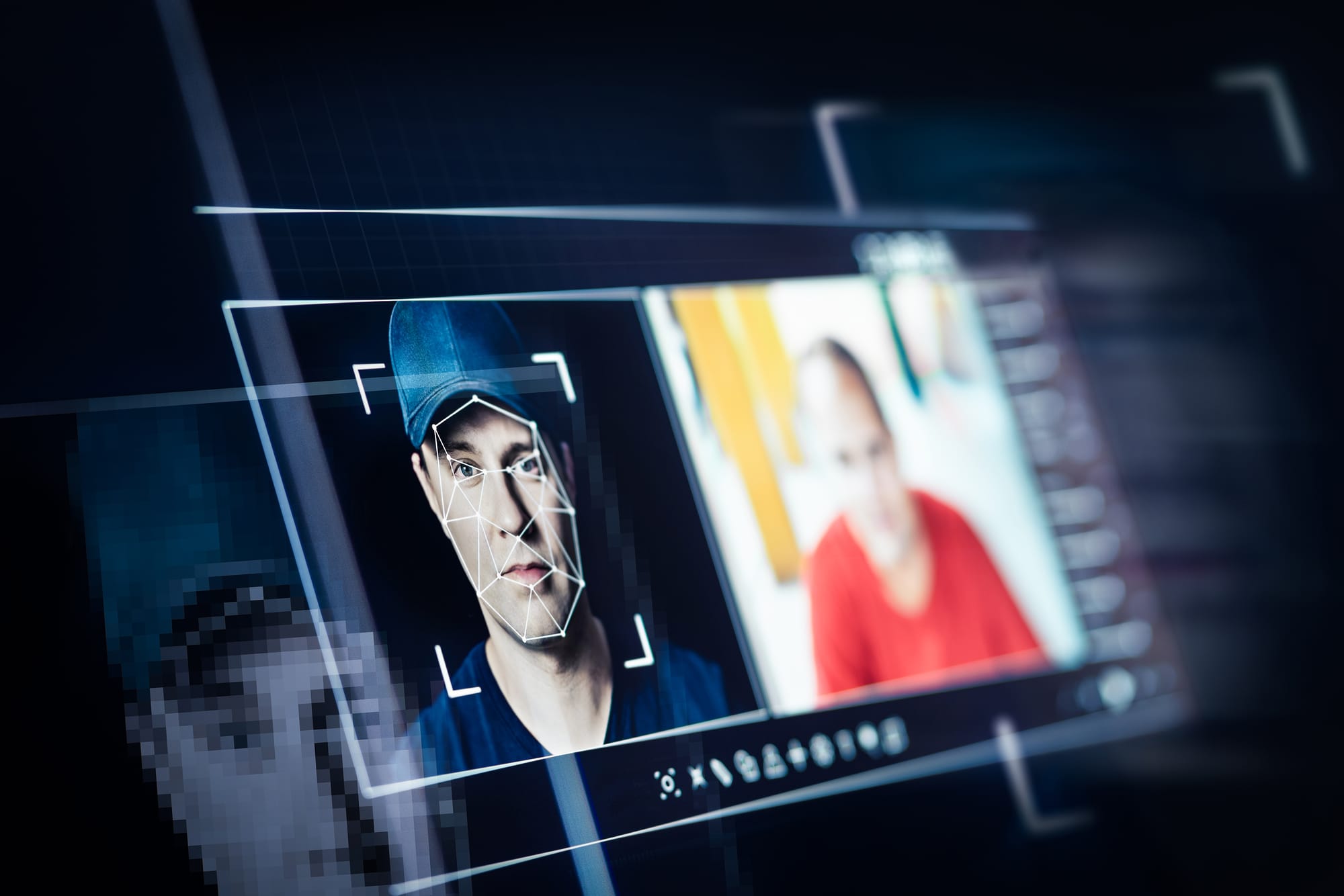
A deepfake is a type of synthetic media that uses artificial intelligence (AI) and machine learning techniques to manipulate or generate visual and audio content that appears to be real but is actually fabricated. The term "deepfake" comes from the combination of "deep learning" (a subset of AI) and "fake."
How Deepfakes Work
- AI Algorithms: Deepfakes use machine learning models, particularly Generative Adversarial Networks (GANs), to analyse and learn patterns from real images, videos, or audio recordings of a person.
- Face Swapping: A common type of deepfake involves swapping the face of one person with another in a video. This can be done so convincingly that it’s often hard to tell the difference from the real footage.
- Voice Synthesis: Deepfake technology can also generate realistic voices. AI can mimic someone’s speech patterns, tone, and cadence by analysing audio samples of that person speaking.
- Audio & Video Manipulation: Deepfake can manipulate videos to make it seem like someone is saying or doing something they never did. The AI can synthesize speech or movement and sync it with the video, producing a realistic result.
Common Types of Deepfakes
- Face Swapping
- Replaces one person’s face with another's in a video or photo. For example, putting an actor's face on someone else's body in a movie scene.
- Fake Celebrities
- Deepfake technology is used to put a celebrity's face or voice in an entirely different context, often for entertainment purposes. Sometimes it's used to create fake pornographic content that involves celebrities or public figures.
- Voice Cloning
- AI can clone a person’s voice by using recordings of them speaking. This can be used to impersonate a person over the phone or in audio messages.
- Video Manipulation
- Altering or fabricating videos to make it look like someone is saying or doing something they never actually did. This has been used in the past to create false political or public statements.
Potential Risks and Ethical Concerns
- Misinformation and Fake News
- Deepfakes can be used to create misleading content that’s difficult to distinguish from the real thing, which can contribute to spreading false information, particularly in politics, news, and social media.
- Cybersecurity Threats
- Deepfake videos or audio can be used in phishing attacks or scams, where a hacker impersonates a CEO or trusted figure to manipulate employees into transferring money or giving out confidential information.
- Privacy Invasion
- Celebrities, politicians, or even private individuals can have their likenesses or voices misused for fake content, often leading to harassment or defamation.
- Deepfake Pornography
- One of the most controversial uses of deepfake technology is for creating fake pornography featuring celebrities or other people without their consent. This has raised significant concerns around privacy, consent, and the potential for harm.
How to Detect Deepfakes
- Inconsistencies in Facial Features: Deepfake videos often have subtle errors, such as unnatural blinking, inconsistent lighting, or mismatched shadows on faces.
- Audio-Visual Mismatch: The voice may not perfectly sync with the person’s lips, or the voice may sound robotic or distorted.
- Unnatural Movements or Expressions: Deepfake faces might have stiff expressions or exaggerated facial movements, which humans typically don’t make.
- AI-based Detection Tools: There are now specialized AI tools that can analyse videos for signs of manipulation (e.g., Microsoft's Video Authenticator, or Deepware Scanner).
Is Deepfake Technology Always Bad?
While deepfakes are often associated with negative uses, they have some positive applications too:
- Entertainment: Movies and TV shows can use deepfake technology to digitally recreate actors who are no longer available or to de-age actors for specific scenes.
- Accessibility: Deepfake technology can be used to create realistic synthetic voices for people who have lost the ability to speak.
- Art and Creativity: Artists and filmmakers have used deepfake technology to explore new creative possibilities, blending reality with fiction.